|
Anyone out there ready to turn back the hands of time to the way things were in our youth? Our house pets were dogs and cats; they taught us responsibility, and were family members. There were also goldfish, a small turtle lagoon, caged parakeets or hamsters, and fluffy white “Blossom B Rabbit” who lived in a pen under the shade tree. Exotic creatures lived in zoos; venomous snakes, alligators and crocodiles were housed at the Miami Serpentarium until the late 70’s. . Soon people began buying a new kind of pet: the harmless looking baby snake, sitting on a rock under a heat lamp in a pet store terrarium without thinking that when mature, the creature would be 20 feet long, weigh 200 pounds, live more than 25 years, and must be fed with live mice, rats, and eventually rabbits. There were reports of pythons in the Everglades in the ’70’s and 80’s, most likely caused by people releasing their unwanted pets, to happily slither off into saw-grass marsh or cypress slough. Look out for snakes in the proverbial grass! If it were only that easy. For years Everglades park managers were convinced these invasive snakes were escapees, or former pets, not part of a breeding population. Florida offers virgin hunting grounds for pythons, who are carnivorous, but aren’t picky. Last year in N. Key Largo 40 pythons were captured. These captures were humanely euthanized, and then necropsied to examine their stomach contents, which revealed a diet of possums, raccoons, woodrats, and cotton mice. Pythons are biological vacuum cleaners, their jaws are fitted with sharp, inward-curving teeth to grab their prey, while they coil their body around it. Pythons are ambush predators, so they patiently wait for animals to go by for their next meal. The number of possums and raccoons in our area is fairly high; this may be because the Keys are fairly early in the python invasion, and/or because there are a lot of food resources available, so more young are born, and survive, Poor Henry the Westie, family member of Julie and Rob, who one day on his regular “potty break” was traumatized by a near fatal encounter with a large python lurking in his backyard. It was the quick thinking of his dad, who snatched him from within inches of the pythons head. Later on Julie got to wondering where had the raccoon gone that regularly visited her pool for a drink. She concluded it must have been nabbed by the python. She said there was a feeding station next door, and that may be why the python has chosen this area to hunt. Soon after hearing this, I began scanning my property for potential food sources that may attract pythons, and guarding my doors from my cat’s possible escape. The snakes have migrated to the Keys over land and by water, and are adapted to hiding underground, in the cracks and crevices of a geological ancient coral reef. There is whole subterranean world under our feet; a space where pythons have the ability to occupy and where man has an inability to detect, and they stay beyond reach in impenetrable mangrove swamps. So how many pythons are there? Too many! Some distrust the agencies putting out the data, and believe the numbers are exaggerated for whatever reason. I'm no scientist, but the fact is pythons never were in my neighborhood before and now they are. EDDMAPS is a website, that shows on a map, the actual places where pythons have been sighted or captured. The best thing people can do is be on the lookout for pythons. The most important thing to do if you see a python is take a photo. Document it, and then report it immediately. Percy the python sniffing dog is successful if it is a very recent sighting, a few hours or a day, but not more than that. If you see a python, call 1-888-IVEGOT1 As homeowners we should adopt cultural controls: things we can do to modify the habitat, without physically or chemically harming animals. We can eliminate food sources that attract small mammals such as rats, possums and raccoons to our homes. To prevent infestation of not only rats, but also pythons. we can close up crawl spaces under our homes, place mesh over vents that may be missing or cracked, and eliminate any holes big enough for critters and snakes to go through.
Indeed, things have changed since our youth. The night watchmen and security patrols have always had an eye out for suspicious human activity while on patrol; now their watch must be expanded to include the night creatures, If you were to drive on CR905 at night, you would potentially see pythons cruising the side of the road. Agencies must make it a condition of employment, and provide the training and incentive, to remove the python, not just drive right by it.
0 Comments
|
CAROL ELLIS
This photographic website provides me the opportunity for self-expression, for sharing Archives
May 2024
TAGS
All
|
© Copyright 2022. Carol Ellis Photography.
All Rights Reserved.


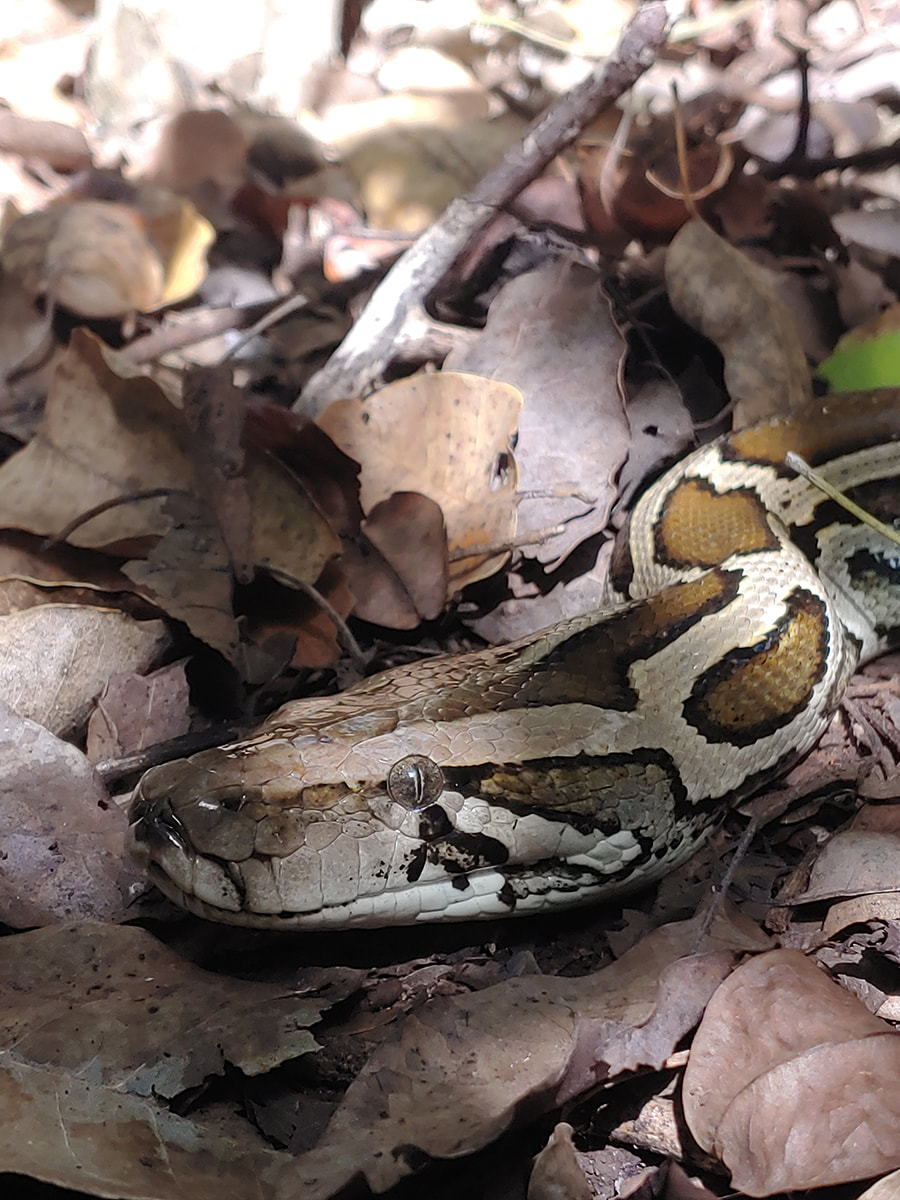
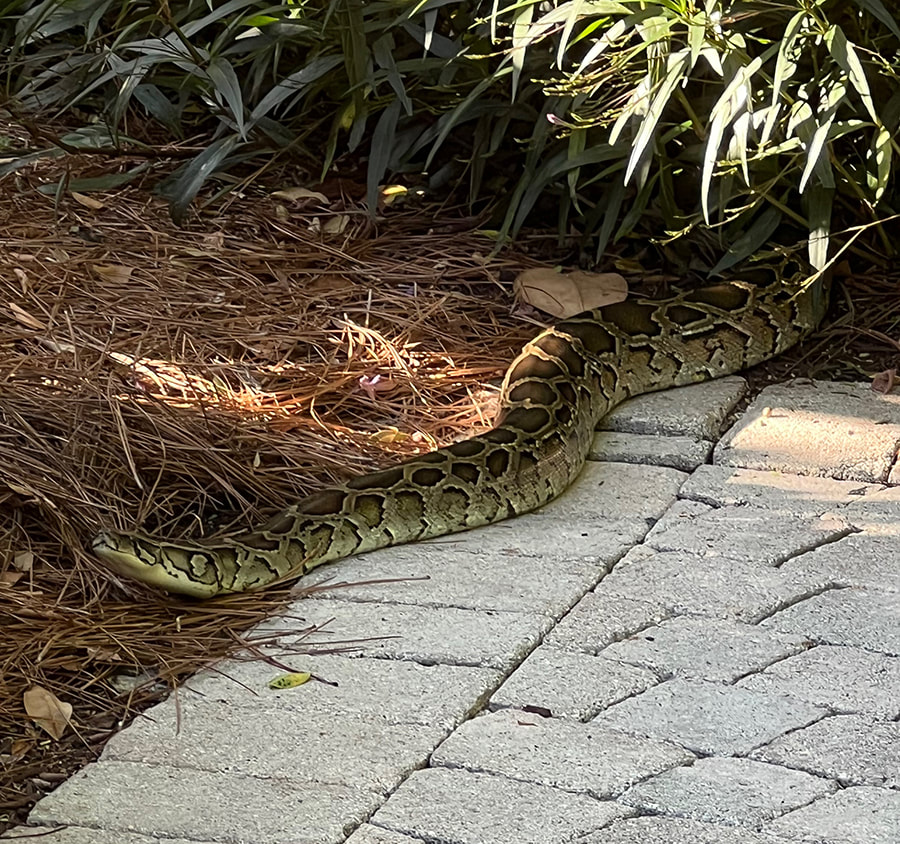
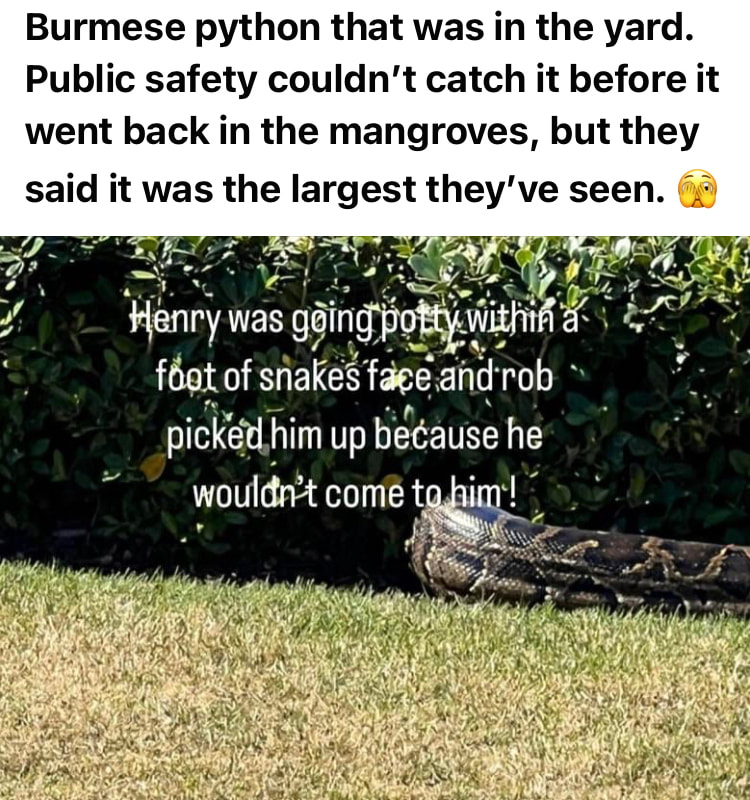

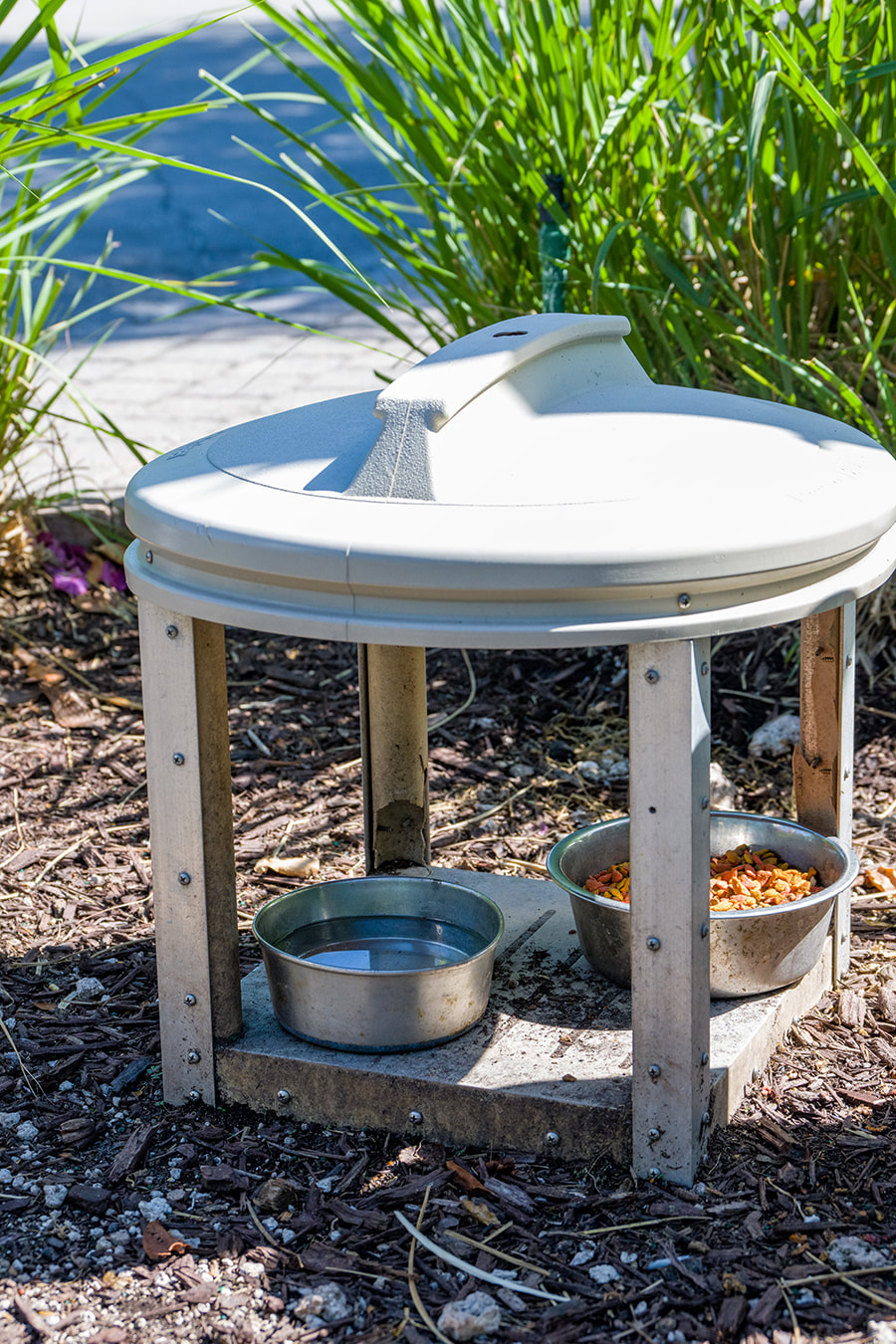

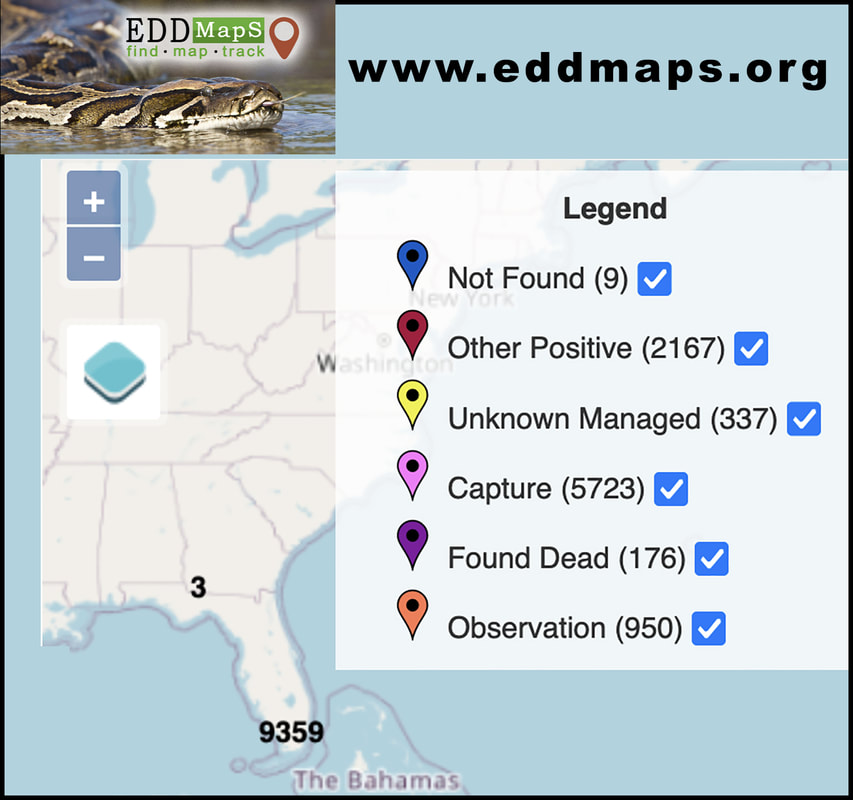
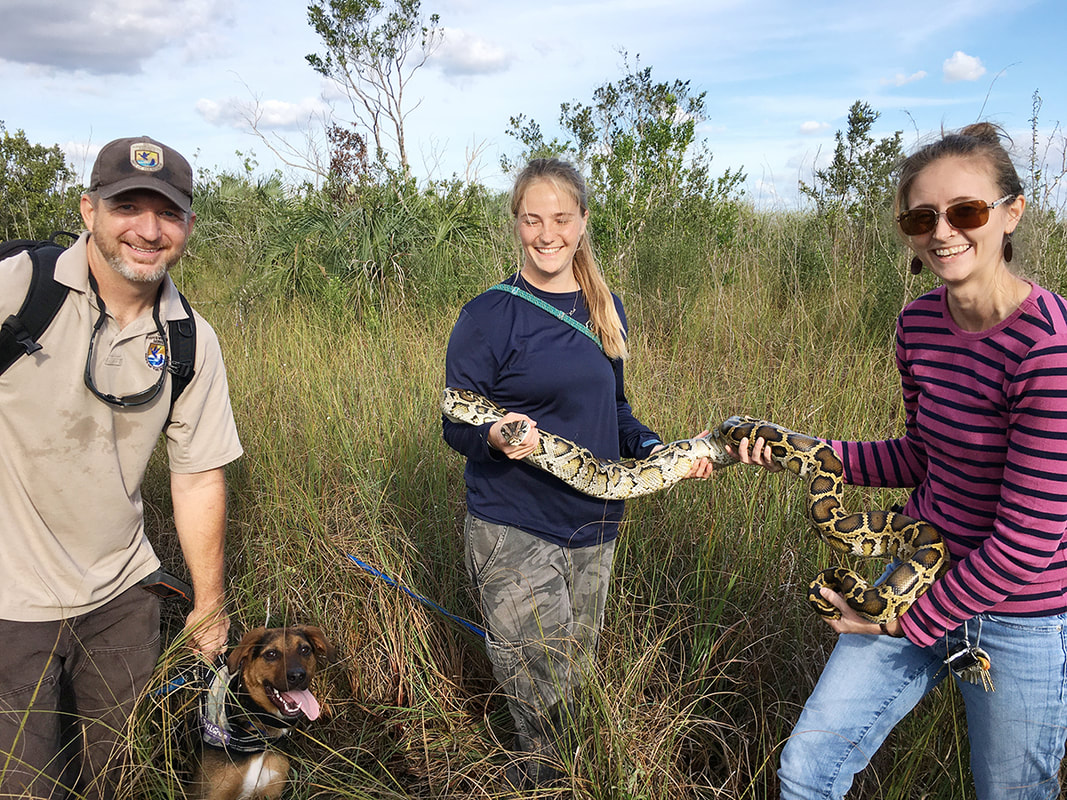
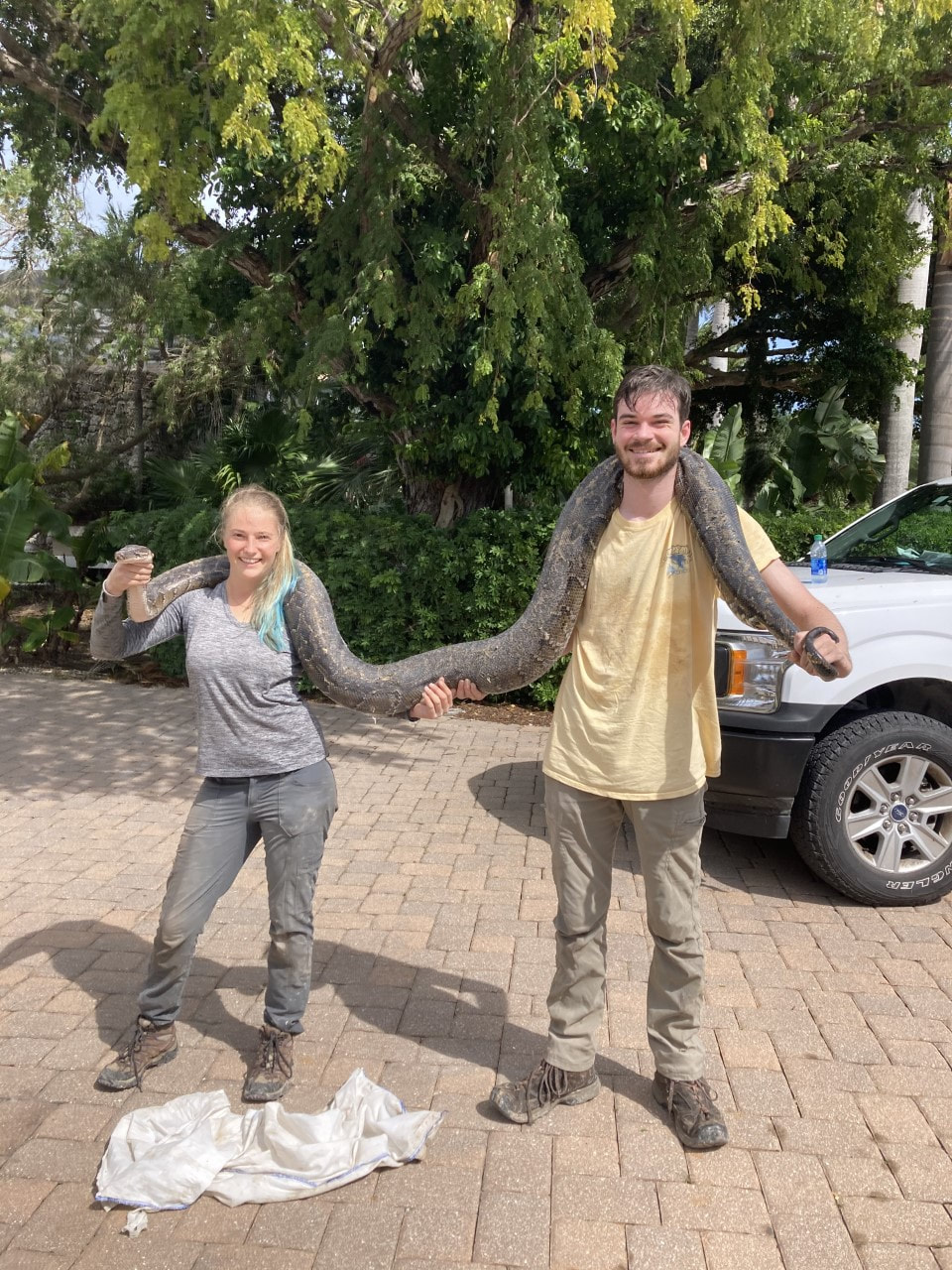
 RSS Feed
RSS Feed
